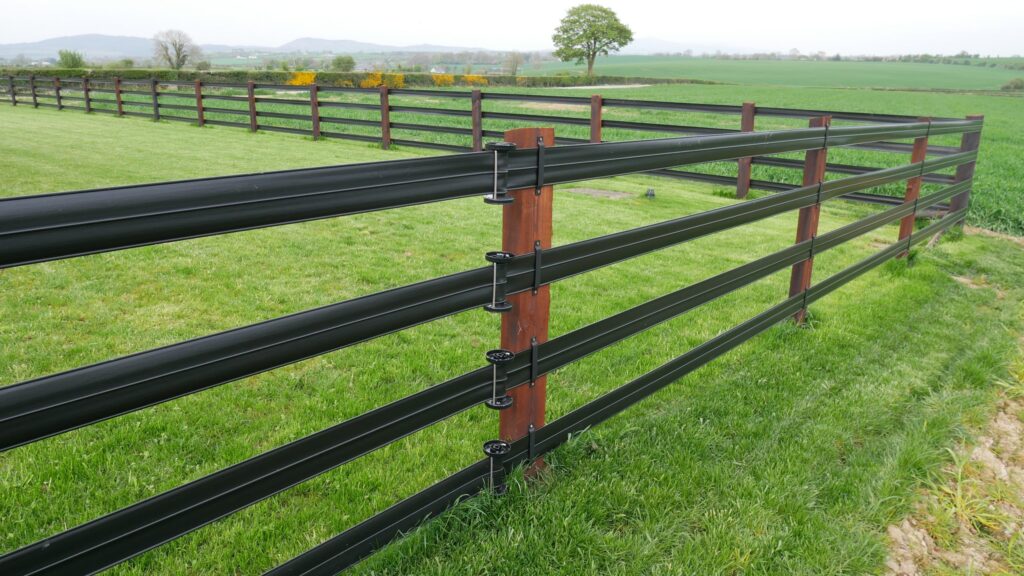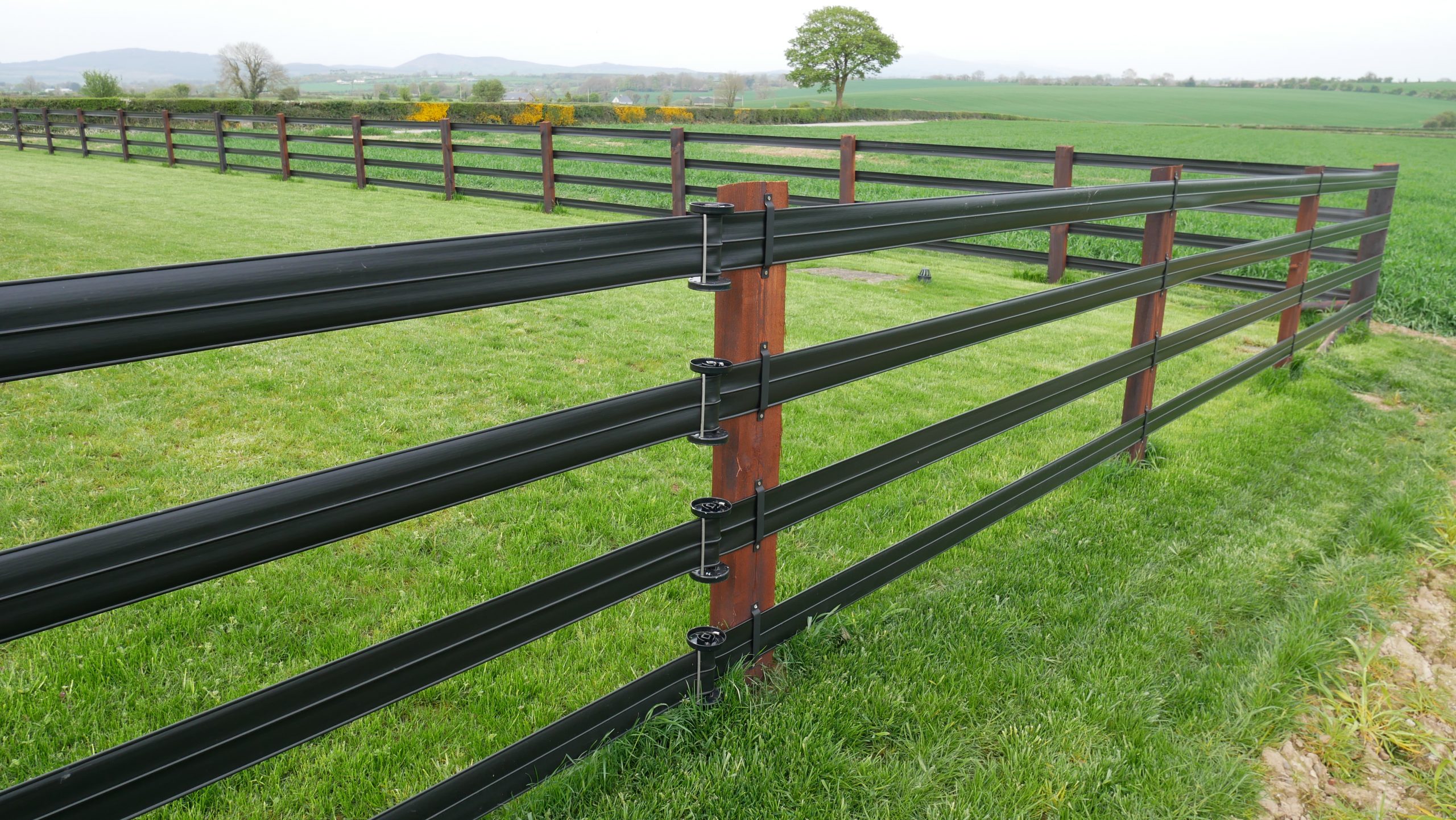
The Ultimate Guide to Choosing the Best Temporary Horse Fencing
Finding the best temporary horse fencing solution can be a game-changer for horse owners. Whether you’re managing rotational grazing, creating a quarantine area, or setting up a temporary paddock at a show, the right fencing keeps your horses safe and secure. This comprehensive guide will explore the various types of temporary fencing available, their pros and cons, and essential factors to consider when making your selection.
Why Choose Temporary Horse Fencing?
Temporary fencing offers flexibility and convenience that permanent fencing simply can’t match. Here’s why it’s a valuable tool for horse owners:
- Rotational Grazing: Divide pastures into smaller sections to optimize grass growth and reduce overgrazing.
- Quarantine: Isolate new or sick horses to prevent the spread of disease.
- Event Arenas: Create temporary paddocks or riding areas at horse shows or competitions.
- Repairs and Maintenance: Use temporary fencing to keep horses safely contained while permanent fences are being repaired.
- Cost-Effectiveness: Temporary fencing is often less expensive to install than permanent fencing.
Types of Temporary Horse Fencing
Several types of temporary horse fencing are available, each with its own advantages and disadvantages. Understanding these differences is crucial for making the right choice for your horses and your specific needs.
Electric Tape Fencing
Electric tape fencing is a popular choice for its visibility and relatively low cost. It consists of wide, flat tape woven with conductive wires that deliver a mild electric shock when touched. The shock is a deterrent, teaching horses to avoid the fence.
Pros:
- Highly visible, reducing the risk of accidental contact.
- Relatively inexpensive.
- Easy to install and move.
- Effective deterrent when properly electrified.
Cons:
- Requires a power source (battery or mains).
- Can be affected by weather conditions (snow, ice, heavy rain).
- May not be suitable for horses that are not easily deterred.
- Tape can break or sag over time.
Electric Rope Fencing
Similar to electric tape, electric rope fencing uses a thicker, more durable rope woven with conductive wires. The rope is more resistant to weather and wear, making it a good option for longer-term temporary fencing.
Pros:
- More durable than electric tape.
- Highly visible.
- Effective deterrent when properly electrified.
Cons:
- More expensive than electric tape.
- Requires a power source.
- Can still be affected by extreme weather.
Electric Wire Fencing
Electric wire fencing uses thin strands of wire to deliver an electric shock. It’s less visible than tape or rope but can be effective when properly installed and maintained.
Pros:
- Relatively inexpensive.
- Easy to install.
- Effective deterrent.
Cons:
- Less visible, increasing the risk of accidental contact.
- Requires a power source.
- Can be dangerous if not properly installed or maintained.
- May not be suitable for horses that are not easily deterred.
Polytape Fencing
Polytape fencing resembles electric tape but does not conduct electricity. It relies on its physical presence to deter horses. It’s a good option for horses that are already well-trained to fencing or for creating visual barriers.
Pros:
- Highly visible.
- Safe for horses.
- Easy to install and move.
Cons:
- Not an effective deterrent for all horses.
- Can be easily broken or damaged.
- May not be suitable for containing aggressive or fence-testing horses.
Panels
Portable panels, typically made of metal, create a solid barrier. They’re sturdy and can be quickly assembled and disassembled. These are often used at events or for creating temporary stalls.
Pros:
- Sturdy and secure.
- Easy to assemble and disassemble.
- Provides a solid barrier.
Cons:
- More expensive than other temporary fencing options.
- Can be heavy and difficult to move.
- May not be suitable for large areas.
Netting
Netting fences, often made of plastic or nylon, are lightweight and easy to install. They’re often used for rotational grazing or creating small paddocks. Some netting options are also electrified.
Pros:
- Lightweight and easy to handle.
- Relatively inexpensive.
- Good for creating small enclosures.
Cons:
- Not as sturdy as other fencing options.
- Can be easily damaged by horses.
- May not be suitable for containing aggressive horses.
Factors to Consider When Choosing Temporary Horse Fencing
Selecting the best temporary horse fencing involves considering several key factors:
Horse Temperament and Training
The temperament and training of your horses are crucial considerations. Horses that are easily spooked or prone to testing fences may require a more robust and visible fencing option, such as electric tape or panels. Well-trained horses may be adequately contained by polytape or netting.
Budget
Temporary fencing options vary widely in price. Consider your budget and choose a fencing solution that provides the best value for your money. Electric tape and netting are generally more affordable than panels or electric rope.
Ease of Installation and Portability
If you need to move the fencing frequently, choose a lightweight and easy-to-install option. Electric tape, rope, and netting are generally more portable than panels.
Visibility
High visibility is essential to prevent horses from accidentally running into the fence. Electric tape and rope are highly visible, while wire fencing is less so. Consider adding flagging or markers to increase the visibility of less visible fences.
Durability
The durability of the fencing is important, especially if you plan to use it for an extended period. Electric rope and panels are generally more durable than electric tape or netting.
Electrical Considerations
If you choose an electric fence, ensure you have a reliable power source and a properly grounded system. Use a fence tester to regularly check the voltage and ensure it’s sufficient to deter horses.
Safety
Safety should be your top priority. Choose fencing materials that are non-toxic and unlikely to cause injury if a horse comes into contact with them. Avoid using barbed wire or other sharp materials.
Installation Tips for Temporary Horse Fencing
Proper installation is crucial for the effectiveness and safety of temporary horse fencing. Here are some tips:
- Use sturdy posts: Choose posts that are strong enough to withstand the pressure of horses leaning on the fence. Metal T-posts, fiberglass posts, or wooden posts are all good options.
- Space posts appropriately: The distance between posts will depend on the type of fencing you’re using. Generally, posts should be spaced 8-12 feet apart for electric tape or rope and closer for netting.
- Use insulators: When using electric fencing, use insulators to prevent the electric current from grounding out.
- Tension the fence properly: Tension the fence to prevent sagging and ensure it’s effective at deterring horses.
- Check the fence regularly: Inspect the fence regularly for damage and make repairs as needed.
- Clear vegetation: Keep vegetation away from the fence to prevent it from grounding out the electric current or weakening the fence.
Maintaining Your Temporary Horse Fencing
Proper maintenance is essential for prolonging the life of your temporary horse fencing and ensuring its continued effectiveness.
- Regular Inspections: Check the fence regularly for damage, loose connections, and sagging.
- Vegetation Control: Keep grass and weeds trimmed around the fence line to prevent grounding of electric fences and to maintain visibility.
- Tighten Connections: Ensure all connections are tight and secure, especially on electric fences.
- Replace Damaged Components: Replace any damaged or worn components, such as tape, rope, or insulators, promptly.
- Battery Maintenance: For electric fences powered by batteries, check the battery regularly and replace it as needed.
- Storage: When not in use, store the fencing in a dry place to prevent damage from weather and pests.
Conclusion: Choosing the Right Temporary Horse Fencing for Your Needs
Selecting the best temporary horse fencing requires careful consideration of your horses’ temperament, your budget, and your specific needs. By understanding the different types of fencing available and following the installation and maintenance tips outlined in this guide, you can create a safe and effective temporary enclosure for your horses. Remember to prioritize safety and choose a fencing solution that provides adequate visibility and deterrence. With the right temporary fencing, you can effectively manage your pastures, quarantine horses, and create temporary paddocks wherever you need them. Investing in quality temporary fencing is an investment in the safety and well-being of your horses.
Ultimately, the best temporary horse fencing is the one that meets your specific needs and provides a safe and secure environment for your horses. Take the time to research your options and choose wisely.
[See also: Horse Pasture Management]
[See also: Electric Fence Installation Guide]

